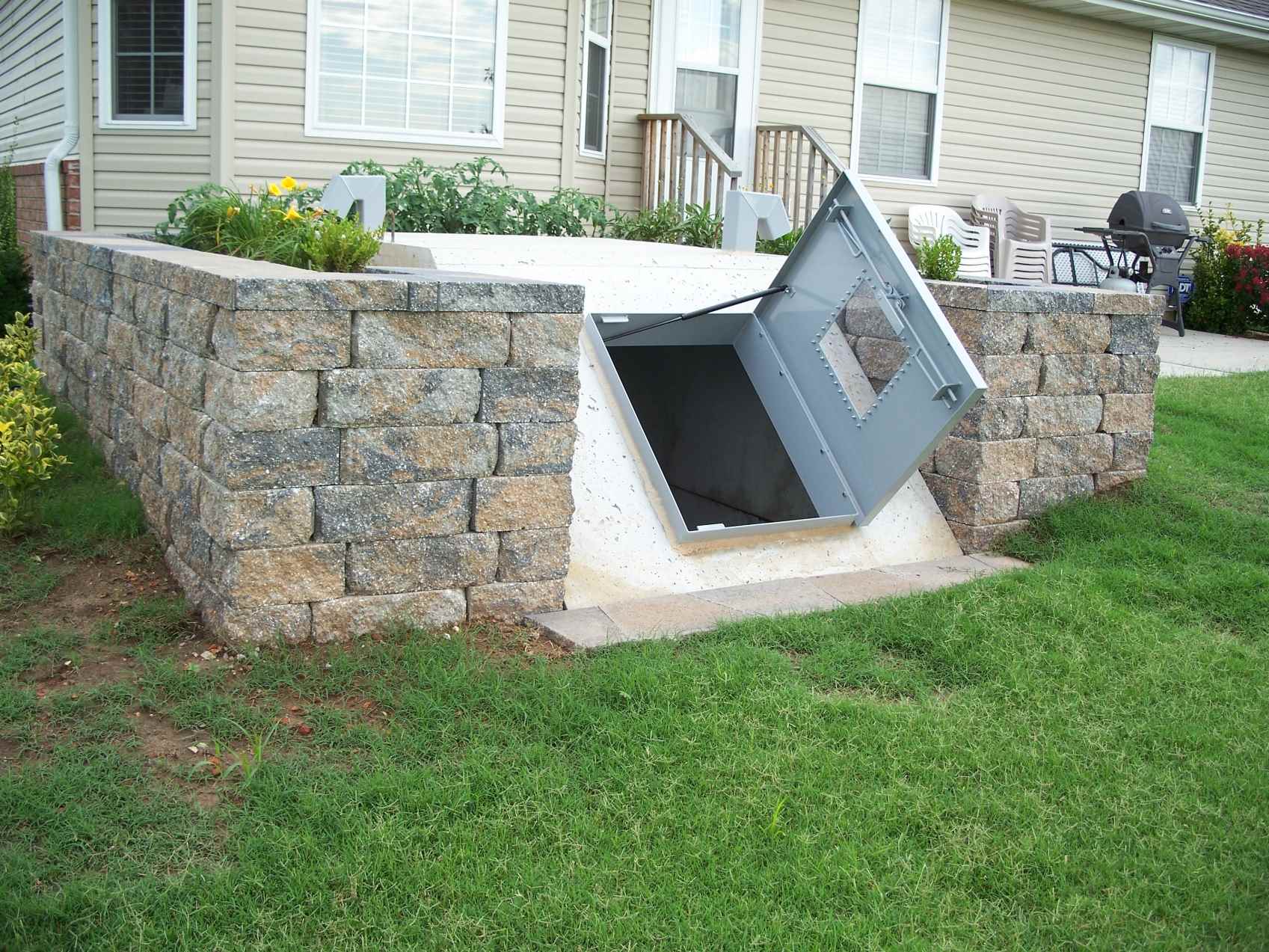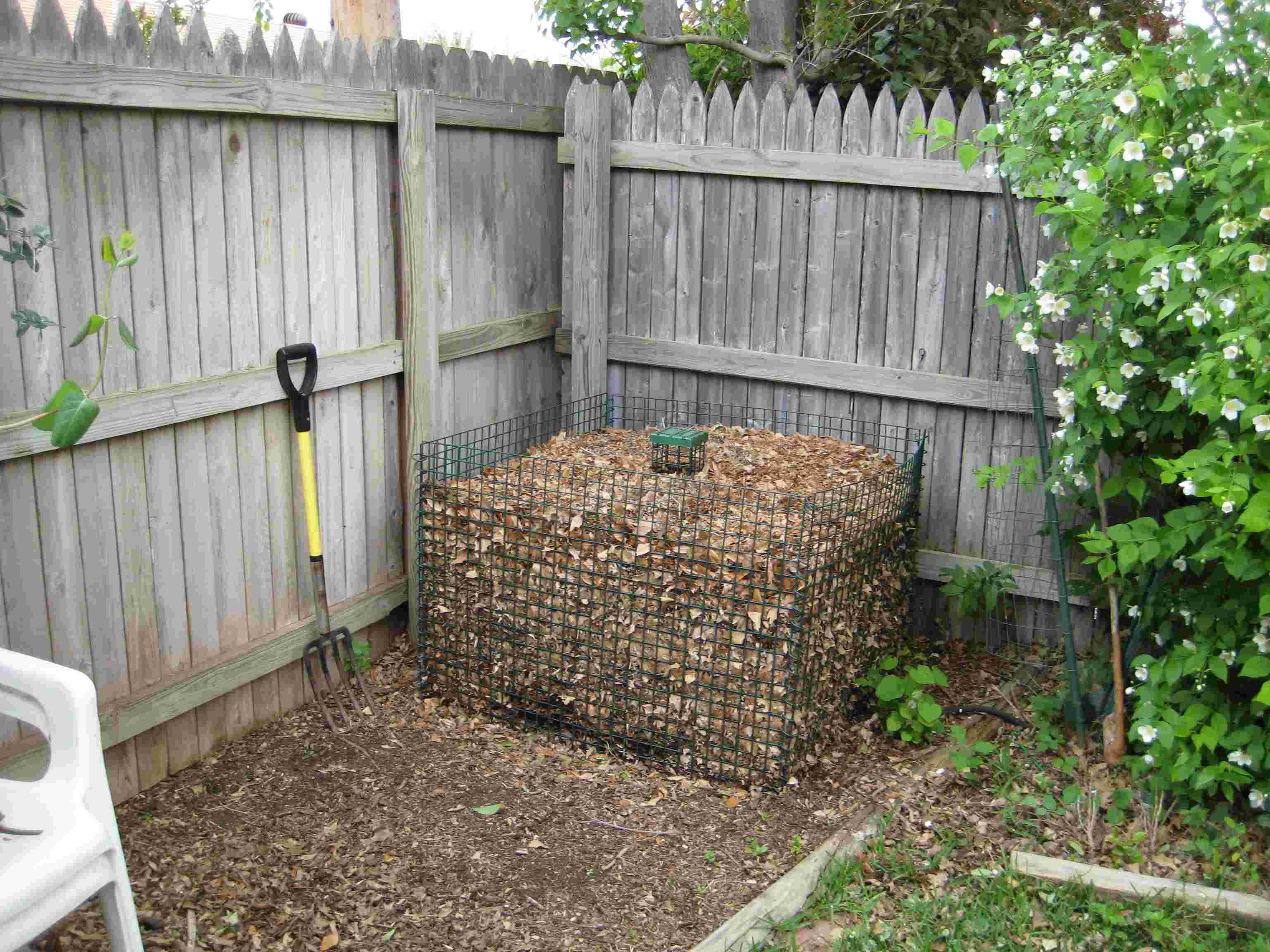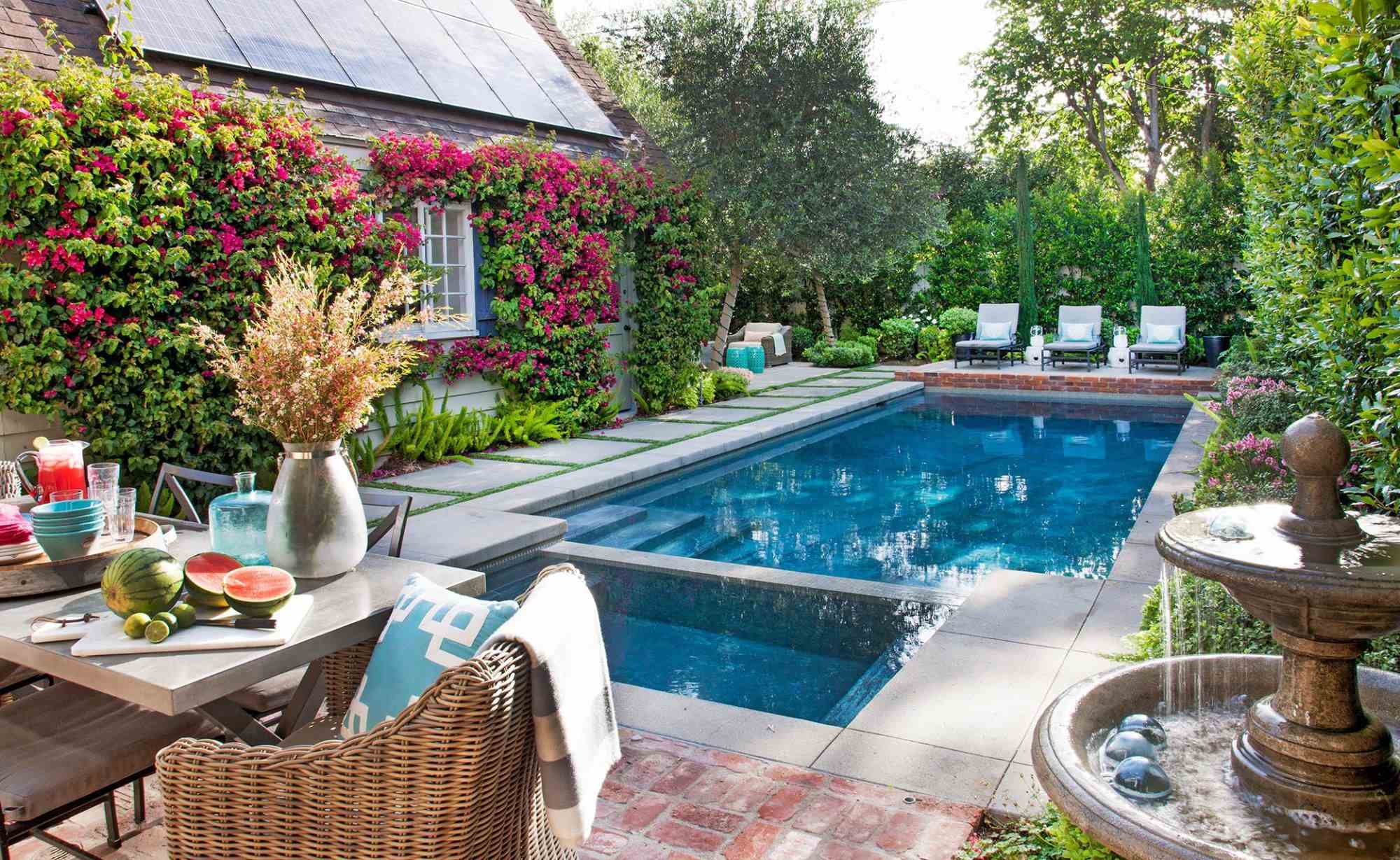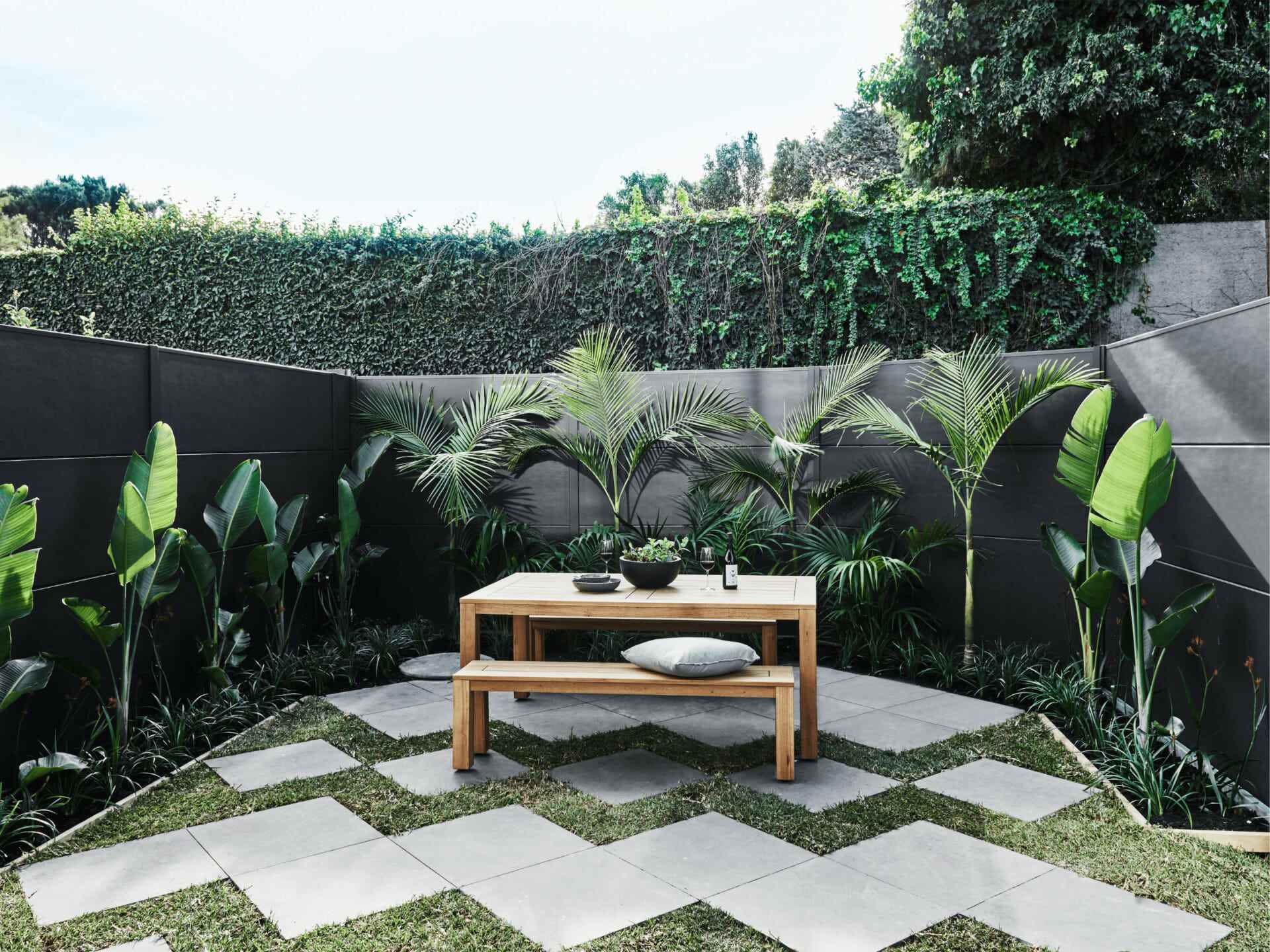Home>Garden Design>Planning Your Garden>How To Plan Your Landscaping
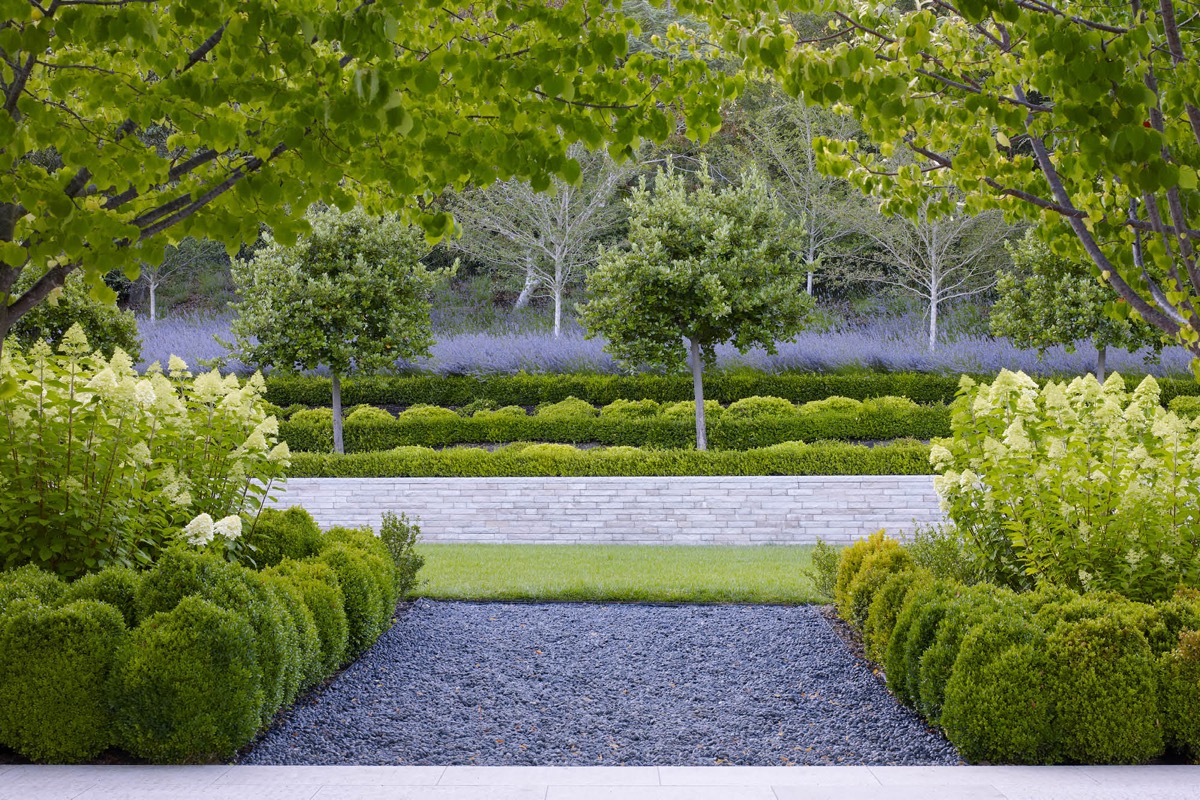

Planning Your Garden
How To Plan Your Landscaping
Modified: January 22, 2024
Learn how to plan your garden and create a stunning landscape with expert tips and advice. Discover the essentials of planning your garden for a beautiful outdoor space.
(Many of the links in this article redirect to a specific reviewed product. Your purchase of these products through affiliate links helps to generate commission for Chicagolandgardening.com, at no extra cost. Learn more)
Table of Contents
- Introduction
- Step 1: Determine Your Goals and Vision
- Step 2: Assess Your Property
- Step 3: Consider Your Budget
- Step 4: Research and Gather Inspiration
- Step 5: Create a Design Plan
- Step 6: Choose the Right Plants and Materials
- Step 7: Prepare Your Land for Construction
- Step 8: Implement Your Landscaping Plan
- Step 9: Maintain and Care for Your Landscaping
- Conclusion
Introduction
Welcome to the wonderful world of planning your garden! Whether you have a small backyard or a spacious yard, creating a beautiful and functional outdoor space can bring immense joy and satisfaction. Planning your garden not only allows you to personalize your outdoor area but also provides an opportunity to express your creativity and connect with nature.
Gardening is a multi-faceted endeavor that involves careful consideration of various factors, including your goals, property assessment, budget, design plan, plant and material selection, land preparation, implementation, and ongoing maintenance. Each step plays a crucial role in shaping the final result and ensuring a successful and thriving garden.
In this article, we will guide you through the process of planning your garden, providing you with valuable insights and practical tips to create a landscape that suits your needs and preferences. By following these steps, you will be well on your way to transforming your outdoor space into a haven of beauty and tranquility.
Whether you are a seasoned gardener or a complete beginner, this guide will help you navigate the planning process with ease and confidence. So, grab your gardening gloves and let’s get started on this exciting journey to create your dream garden!
Step 1: Determine Your Goals and Vision
The first step in planning your garden is to identify your goals and establish a clear vision for what you want to achieve with your outdoor space. Take some time to think about how you want to use your garden and what you want it to look like.
Consider your lifestyle and the activities you enjoy. Are you looking for a peaceful retreat where you can relax and unwind? Do you want to create a space for entertaining family and friends? Are you interested in growing your own fruits and vegetables? Understanding your goals will help guide the design and layout of your garden.
Furthermore, think about your personal style and preferences. Are you drawn to a particular theme or aesthetic? Do you prefer a formal, structured garden or a more natural and organic look? Take inspiration from magazines, websites, and garden tours to gather ideas and create a vision board that reflects your desired style.
Additionally, consider the practical aspects of your garden. Are there specific areas that need to be addressed, such as a children’s play area, a shady spot for relaxation, or a section for outdoor cooking? Identifying these functional requirements will ensure that your garden meets your needs.
By determining your goals and envisioning your ideal garden, you will have a clear direction for the planning process, making it easier to make decisions on design, layout, and plant selection. It will also help you stay focused on what is important to you and ensure that your garden is a reflection of your unique taste and preferences.
Step 2: Assess Your Property
Before diving into the design and planning of your garden, it’s essential to assess your property and understand its unique characteristics. This step will help you work with the existing conditions of your land and make informed decisions about the layout and features of your garden.
Start by examining the topography of your property. Observe the slope, elevation changes, and any natural features such as hills or valleys. Understanding the land’s contours will help you determine drainage patterns and identify potential areas for landscaping features like terraces or retaining walls.
Next, evaluate the soil composition and quality. Take a soil sample and have it tested to determine its pH levels, nutrient content, and drainage capabilities. This information will guide your plant selection, as different plants thrive in different soil conditions. You may need to amend the soil with compost, organic matter, or fertilizer to create an optimal growing environment for your plants.
Consider the climate of your region. Determine the average temperatures, annual rainfall, and the length of the growing season. This information will influence your choice of plants and the types of landscaping features that will thrive in your area. Take note of areas that receive more or less sunlight throughout the day to plan accordingly for shade-loving or sun-loving plants.
Take stock of the existing vegetation and natural elements on your property. Identify trees, shrubs, and existing plants that you want to incorporate into your garden design. Consider their size, growth habits, and maintenance requirements when selecting new plants to ensure they harmonize well together.
Finally, assess the existing utilities and infrastructure. Determine the location of underground pipes, electrical cables, and irrigation systems. This information is crucial to avoid any potential damage during construction or installation of new features in your garden.
By assessing your property thoroughly, you will gain valuable insights into its unique characteristics and limitations. This knowledge will help you make informed decisions when designing your garden and ensure that your landscaping plans align with the natural attributes of your property.
Step 3: Consider Your Budget
When planning your garden, it’s important to consider your budget as it will greatly influence the scope of your landscaping project. By establishing a realistic budget early on, you can ensure that your plans align with your financial resources and avoid any unexpected expenses down the line.
Start by determining how much you are willing to invest in your garden. Consider factors such as the size of your property, the complexity of your design, and the materials and plants you wish to incorporate. Research the average costs associated with landscaping projects similar to yours to get a ballpark figure for your budget.
Break down your budget into different categories to allocate funds accordingly. Consider costs such as materials, labor, plant purchases, equipment rentals, and any additional features or accessories you might want to include. It’s also a good idea to set aside a contingency fund to account for any unforeseen expenses that may arise during the project.
Be sure to prioritize your spending based on your goals and vision for the garden. Identify areas that are most important to you and allocate a larger portion of your budget towards them. For example, if creating a lush flower garden is your main objective, you may allocate more funds towards purchasing quality plants and soil amendments.
Consider both short-term and long-term costs when budgeting for your garden. Think about ongoing maintenance requirements, such as watering, fertilizing, and pruning, and factor those costs into your long-term budget. Additionally, consider investing in sustainable and eco-friendly practices, such as rainwater harvesting or installing energy-efficient lighting, which can lead to long-term savings on utility bills.
Remember that a garden can be created gradually over time. If your budget is limited, you can opt to start with a smaller section of your yard and gradually expand and enhance it as your finances allow. Take a phased approach to your landscaping project, tackling one area at a time to manage costs effectively.
By carefully considering your budget, you can plan your garden in a realistic and financially responsible manner. This will help you prioritize your spending, make informed decisions, and ensure that your landscaping project is within your means.
Step 4: Research and Gather Inspiration
When planning your garden, it’s crucial to gather inspiration and ideas from various sources to help shape your design. Researching different styles, trends, and plant options will not only spark your creativity but also ensure that your garden reflects your personal taste and aligns with your goals.
Start by exploring gardening magazines, books, and online resources. Look for articles and images that resonate with you and capture your desired aesthetic. Create a vision board or a digital inspiration folder to collect and organize your favorite ideas.
Visit botanical gardens, local nurseries, and garden shows in your area. These venues provide a great opportunity to see different plants, landscape designs, and garden features up close. Take note of what appeals to you and consider how those elements can be incorporated into your own garden.
Seek inspiration from nature itself. Take walks in parks, gardens, or natural areas and observe how plants and landscapes interact harmoniously. Pay attention to color combinations, textures, and the overall ambiance that you find appealing.
Engage with your local gardening community. Join online forums or social media groups where you can share ideas, ask questions, and gather advice from experienced gardeners in your area. Local gardening clubs and workshops are also excellent resources for inspiration and knowledge-sharing.
While gathering inspiration, keep in mind the practicalities of your gardening space. Consider factors such as climate, soil conditions, available sunlight, and space limitations. You want to select plants and features that will thrive in your specific environment and fit well within your garden’s dimensions.
Remember that while it’s good to draw inspiration from various sources, your garden should ultimately be a reflection of your unique personality and preferences. Adapt the ideas you gather to suit your own style and adapt them to the specific characteristics of your garden.
By researching and gathering inspiration, you can discover new ideas and explore different possibilities for your garden. This step will ignite your creativity and provide a solid foundation for developing your design plan.
Step 5: Create a Design Plan
Once you have gathered inspiration and ideas for your garden, it’s time to create a design plan. A well-thought-out and organized plan will serve as a roadmap for your landscaping project and help you visualize the final result.
Start by sketching a rough layout of your garden on paper. Consider the overall flow and organization of the space. Divide your garden into different zones or areas based on their intended purposes, such as seating areas, flower beds, or vegetable gardens.
Take into account the principles of design, such as balance, unity, and focal points. Aim for a harmonious balance between different elements, such as color, texture, and height. Create unity by repeating certain patterns or themes throughout the garden. Incorporate focal points, such as a fountain, sculpture, or an ornamental tree, to draw the eye and add interest.
Consider the practical aspects of your design as well. Ensure that there are clear pathways and access points to different areas of your garden. Think about the size and scale of each element and how they will fit within the overall space.
Take note of the recommended spacing and planting guidelines for the selected plants. Consider their mature size and growth habits, and allow sufficient space for each plant to thrive. Group plants with similar moisture and sunlight requirements together to provide optimal growing conditions.
Experiment with different color schemes and plant combinations. Consider the seasonal interest of plants and aim for a garden that offers visual appeal year-round. Take into account the bloom times of flowers, foliage color changes, and the texture and shape of plants.
As you create your design plan, keep in mind that it can evolve and be refined over time. It’s common for gardeners to make adjustments and modifications as they gain more experience and observe how the garden develops.
By creating a design plan, you will have a clear vision of how your garden will look and function. This plan will guide you in the selection and placement of plants, structures, and features, ensuring a cohesive and successful landscaping project.
Step 6: Choose the Right Plants and Materials
Choosing the right plants and materials is a critical step in planning your garden. The selection of plants will determine the overall aesthetic appeal and functionality of your outdoor space, while the choice of materials will contribute to the durability and longevity of your landscaping project.
When selecting plants, consider the specific requirements of each species. Take into account factors such as sunlight, water needs, soil conditions, and hardiness zones. Choose plants that are well-suited to your climate and will thrive in your garden’s environment.
Think about the purpose that each plant will serve in your garden. Are you looking for colorful flowers, lush foliage, or interesting textures? Consider the height, growth habit, and seasonality of the plants to ensure a visually appealing and well-balanced composition.
Consider the maintenance needs of different plants. Some may require regular pruning, deadheading, or division, while others may require minimal care. Choose plants that you are willing to invest time and effort in maintaining to keep your garden looking its best.
When it comes to materials, consider their practicality, durability, and aesthetic appeal. For hardscaping features such as pathways, patio areas, or retaining walls, choose materials that will withstand the elements and complement the overall design of your garden.
Take into account your budget when selecting materials. There are a wide variety of options available at different price points, so choose materials that offer the best balance between cost and quality. Consider alternative materials that are eco-friendly and sustainable.
Research local suppliers and visit showrooms to get a better understanding of the range of materials available. Look for samples and discuss your specific needs with the experts to ensure that you choose the best materials for your garden.
Remember to consider the long-term sustainability of your garden. Opt for native or drought-tolerant plants that require less water and maintenance, reducing your environmental impact. Choose materials with a smaller carbon footprint and consider incorporating water-saving features such as rainwater harvesting or efficient irrigation systems.
By carefully selecting the right plants and materials, you will create a garden that not only looks beautiful but also thrives and withstands the test of time. Together, these choices will contribute to the overall success and enjoyment of your landscaping project.
Step 7: Prepare Your Land for Construction
Before beginning the construction phase of your garden project, it’s essential to prepare your land appropriately. This step will ensure that your garden has a solid foundation and that the subsequent installation and implementation process goes smoothly.
Start by clearing the area of any existing vegetation, debris, or unwanted materials. Remove weeds, grass, and any large rocks or obstacles that may interfere with the construction process.
If necessary, grade the land to create a level surface or establish slopes for proper drainage. This may involve adding or removing soil to achieve the desired contour of your garden.
Prioritize soil preparation by improving its structure and fertility. Incorporate organic matter such as compost, aged manure, or peat moss to enhance nutrient content and water-holding capacity. Perform a soil test to determine any necessary amendments, such as adjusting pH levels or adding specific nutrients.
Consider installing irrigation systems or water features during this stage. Proper water management is essential for the health and vitality of your plants. Consult with a professional or research the best irrigation methods for your specific needs.
Next, create borders or boundaries that define different areas of your garden. Install edging materials such as bricks, stones, or timber to separate flower beds, paths, or landscaping features. This will provide structure and organization to your garden design.
If your design includes hardscaping elements, such as patios, pathways, or retaining walls, this is the time to lay the foundation. Excavate the necessary areas, prepare the base with a suitable material such as crushed stone or gravel, and ensure proper compaction before installing the desired materials.
Finally, consider the installation of any additional features or structures, such as pergolas, gazebos, or raised beds. Properly prepare the ground and install these elements according to the manufacturer’s instructions or consult with a professional for assistance.
By properly preparing your land for construction, you will create a solid foundation for your garden project. This step ensures that your garden is set up for success and allows for a smoother implementation process.
Step 8: Implement Your Landscaping Plan
After careful planning and preparation, it’s time to bring your landscaping plan to life. This exciting step involves the actual implementation of your design, where you will see your garden begin to take shape and transform into the vision you’ve created.
Start by following the layout and design plan that you created in earlier steps. Begin with any structural elements such as pathways, walls, or raised beds. Pay close attention to accuracy and measurements to ensure that everything aligns properly.
Next, proceed with the installation of your chosen plants. Dig appropriate holes, taking into consideration the recommended spacing and planting depth for each species. Gently remove any containerized plants and place them in their designated spots, backfilling with soil and lightly tamping around the roots.
Be mindful of the specific care instructions for each plant and provide any necessary support, such as stakes or trellises. Water the newly installed plants thoroughly and monitor their progress in the following weeks, making any adjustments or additional care as needed.
Consider the placement of mulch or ground cover to help retain moisture, suppress weeds, and add a finished look to your garden. Spread a layer of mulch around plants, leaving a small space near the base to prevent moisture buildup and potential rot issues.
If your design includes additional features such as seating areas, lighting, or decorative elements, now is the time to install them. Follow the manufacturer’s instructions carefully to ensure proper installation and functionality.
Take the time to step back and assess your progress as you implement the plan. Make any necessary adjustments or modifications to ensure that everything is in line with your vision. This may involve moving or repositioning plants, adjusting the layout of structures, or fine-tuning the placement of decorative elements.
During this stage, it’s important to maintain proper care for your newly installed garden. Water plants regularly, especially during the first few weeks while they establish their root systems. Follow best practices for fertilizing, pruning, and maintaining the overall health of your garden.
By implementing your landscaping plan with care and attention to detail, you will see your vision come to life and watch as your garden grows and flourishes. Enjoy the process and take pride in the transformation you have accomplished.
Step 9: Maintain and Care for Your Landscaping
Once you have successfully implemented your landscaping plan, it’s important to maintain and care for your garden to ensure its long-term health and beauty. Regular maintenance and proper care will help your garden thrive and continue to bring you joy throughout the seasons.
Develop a regular maintenance routine that includes tasks such as watering, fertilizing, mulching, and pruning. Water your plants deeply and consistently, taking into account their specific water needs and the prevailing weather conditions.
Periodically inspect your garden for signs of pests, diseases, or weed growth. Take immediate action to mitigate any issues by using environmentally friendly methods such as organic pesticides, hand weeding, or natural disease control methods.
Regularly fertilize your plants to provide them with the necessary nutrients for healthy growth. Follow the recommended instructions for the specific needs of each plant, taking into account factors such as soil conditions, growth stage, and the time of year.
Prune your plants as needed to maintain their shape, remove dead or damaged branches, and promote proper airflow and light penetration. Pruning also stimulates new growth and can help control the size of plants that tend to become overly large or unruly.
Keep an eye on the health and vigor of your plants, and make adjustments as necessary. Remove any plants that are struggling or not performing well and replace them with more suitable options. Regularly monitor the growth of plants and make changes to the layout or design as needed.
Stay vigilant in managing weeds by pulling them regularly or using natural weed control methods. Weeds can compete with your plants for nutrients, sunlight, and water, so it’s important to address them promptly to maintain the overall health of your garden.
During seasonal transitions, adapt your garden maintenance routine to account for changing weather conditions. Consider adding or removing mulch, protecting plants from frost or extreme heat, and adjusting your watering schedule accordingly.
Keep your garden clean and tidy by removing fallen leaves, debris, and any other clutter. Not only will this enhance the appearance of your garden, but it will also minimize the risk of pests and diseases.
Finally, continue to learn and educate yourself about gardening practices and techniques. Stay updated on the latest trends, explore new plant varieties, and seek inspiration to continually evolve and improve your garden.
By maintaining and caring for your landscaping, you will ensure the long-term success and beauty of your garden. Regular attention and care will allow you to enjoy a thriving and vibrant outdoor space year after year.
Conclusion
Congratulations on completing the journey of planning your garden! Throughout the process, you’ve learned how to establish your goals and vision, assess your property, consider your budget, gather inspiration, create a design plan, choose the right plants and materials, prepare your land, implement your landscaping plan, and maintain your garden.
By following these steps, you have laid the foundation for creating a beautiful, functional, and sustainable outdoor space. Your garden will be a reflection of your unique style and preferences, providing a haven of beauty and tranquility for you to enjoy.
Remember, gardening is an ongoing process. As your garden matures and evolves, you may find yourself making adjustments, experimenting with new plants, or adding new features. Embrace this journey and continue to learn and grow as a gardener.
Finally, take the time to appreciate and enjoy the fruits of your labor. Spend time in your garden, connecting with nature, and experiencing the beauty and serenity it offers. Share your space with family and friends, creating lasting memories in the heart of your outdoor oasis.
With proper planning, care, and dedication, your garden will continue to bring you joy, inspiration, and a sense of accomplishment for years to come. So, get out there, dig in the dirt, and let your garden flourish!

